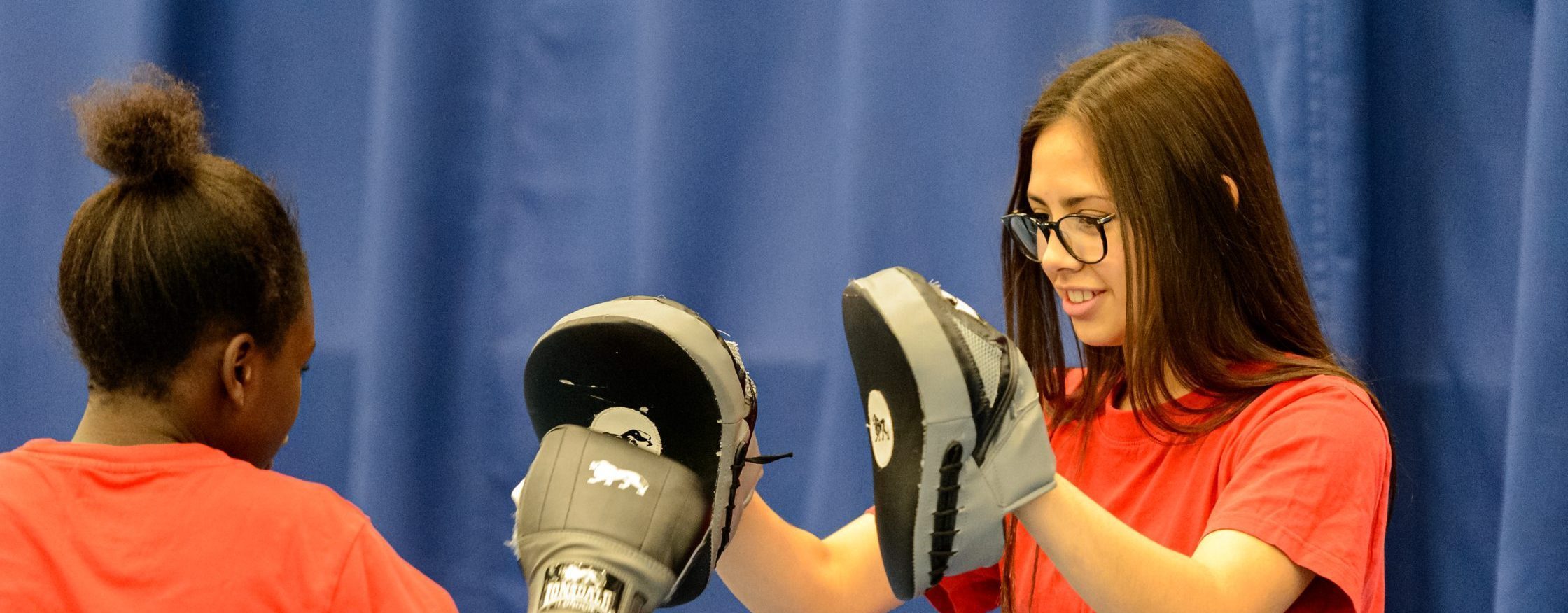
Partnerships and Consultancy
Partnerships are vital to the work we do. We work with organisations that want to help make a difference and enable more women and girls to enjoy the benefits of sport throughout their lives.
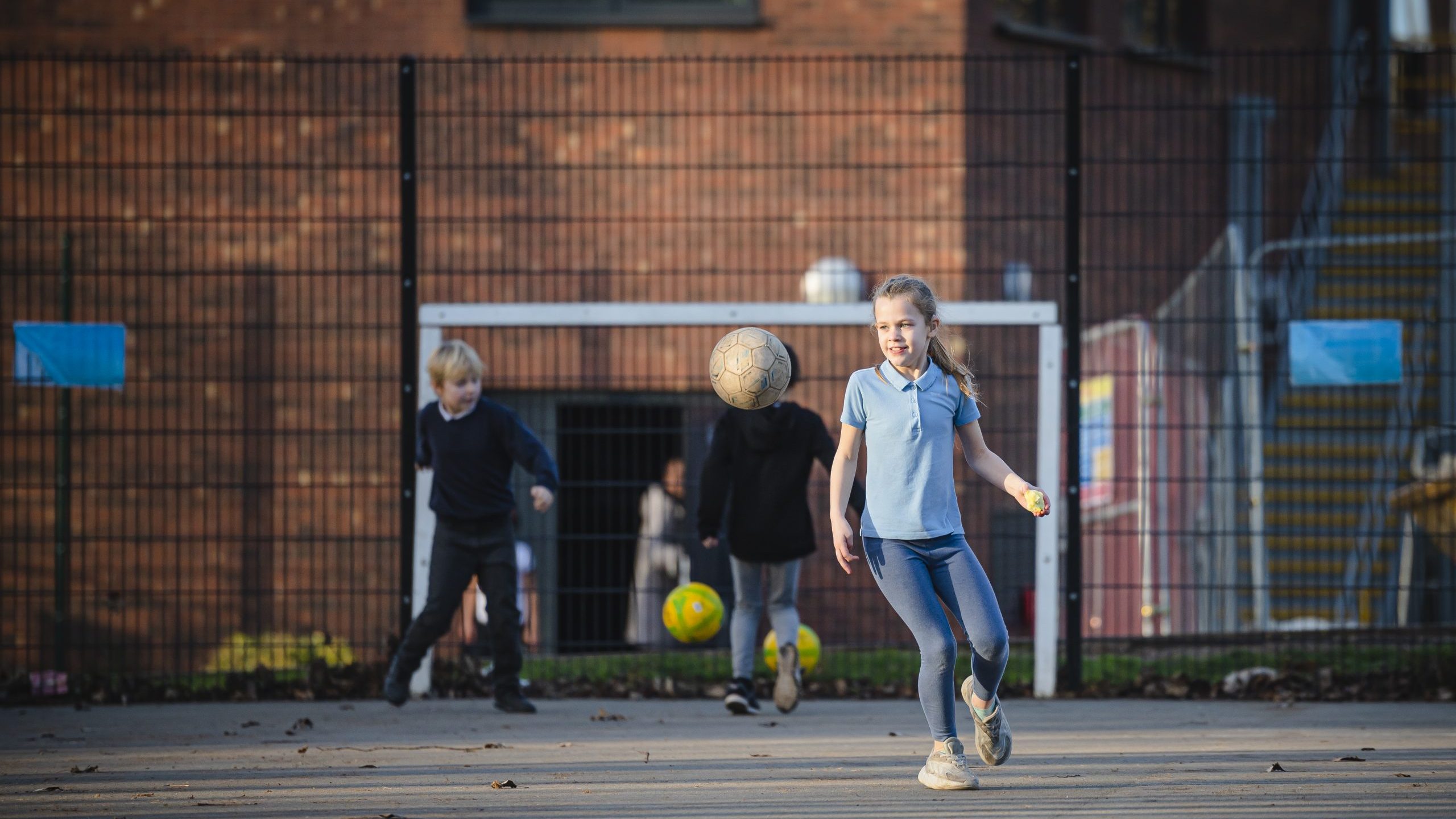
We believe it is wrong to deny women and girls access to sport and that sport can be a force for good when it includes women and girls, helping to tackle gendered economic and health inequalities.
As it stands, women and girls are less active than men and boys at every stage of their lives. The gender activity gap is wider than it’s been since reporting began. Inactivity levels among women have increased, with 27% of women doing less than 30 minutes of activity a week. Female participation in sport has been slower to recover since the crisis in physical activity caused by the pandemic. And now a new crisis is dominating: the cost of living crisis.
Sport England
Sport England
Despite some of the headline grabbing economic measures (such as inflation and real wages) starting to show some signs of recovery, it’s clear that the cost of living crisis is not yet over. Stubbornly high energy bills and food prices, uncertainty over housing costs and record use of food banks show no signs of abating and the impact of this is broad and significant, especially for women and girls.
According to research from the Women’s Budget Group, women are paid less than men and have fewer savings, meaning that they are less prepared and more at risk when prices rise. Women have more caring responsibilities, both in terms of children and aging parents, so tend to have less leisure time than men and are less able to increase their working hours when money is tight. These caring responsibilities also mean it is women who are at the ‘front line’ of the cost-of-living crisis, trying to manage family budgets and keep food on the table.
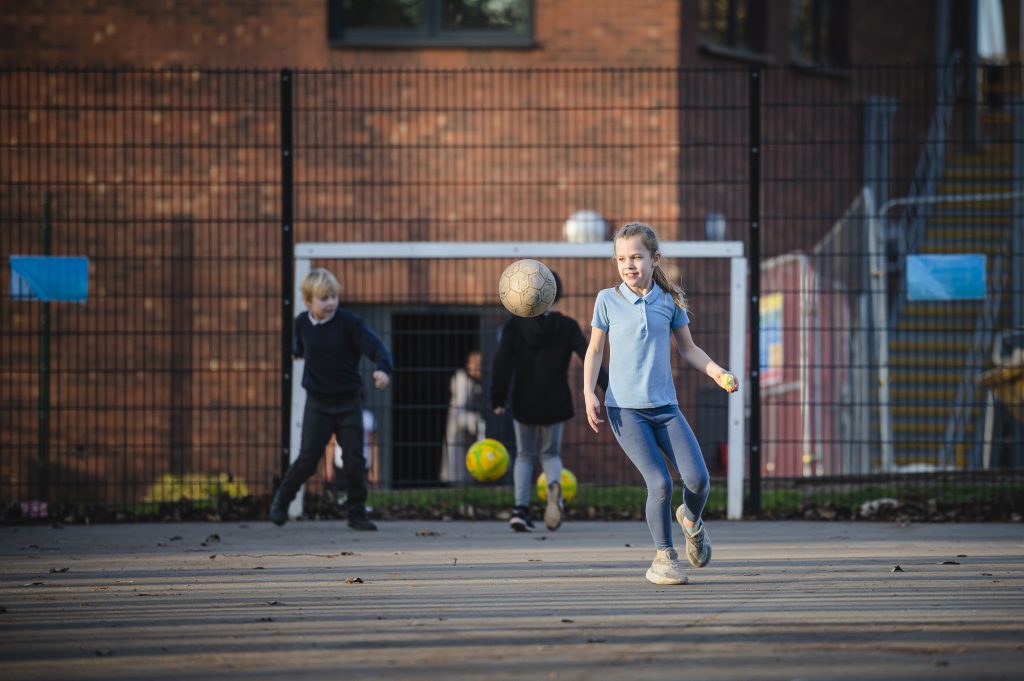
A recent Sport England report found that the cost-of-living crisis is having a negative impact on physical activity. They found that 35% of respondents reported cutting back on activity or making choices which tend to favour free or lower cost activities whilst 40% of adults had experienced a negative impact on their ability to be active.
The impact of the cost of living on physical activity is having a particularly strong impact on groups who were already less active, including women, widening existing inequalities. 74% of women said that they’d made changes to their exercise behaviour as a result of the cost of living. People from lower socioeconomic backgrounds, those living in the most deprived areas and people with a disability or long-term health condition are also disproportionately affected – and were also less likely to be active to begin with.
Women in Sport research shows that gender stereotyping from an early age, negative experiences, fewer extra-curricular and community sport opportunities for girls and parents placing less value and importance on girls playing sport have contributed to women being less active than men and boys at every stage of their lives.
Women in Sport research into women in midlife uncovered a pattern of women putting the needs of others ahead of their own. It also told us that even prior to the cost-of-living crisis, the price of participating in sport and physical activity was perceived to be a barrier by midlife women in lower socio-economic groups. Women in families that are increasingly struggling to make ends meet are likely to stop spending time and money on leisure activities like swimming or fitness classes. Amongst some of the least active ethnic groups, poverty rates are particularly high.
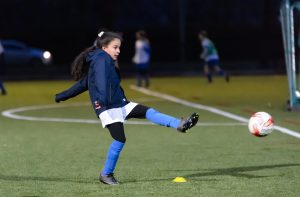
Our research into the attitudes of parents towards sport in young children indicates that sport is seen as more valuable for sons than daughters: only 30% of parents in our research said that playing sport is very important for their daughters, compared to 41% of parents for their sons. This stubborn gender stereotyping strongly suggests many parents struggling to pay their bills will be less likely to prioritise investment in sports kit or fees for their daughters.
For teenage girls there will be yet more pressure on those from under-served communities to help out at home as their parents work longer hours. Our research shows that many teenage girls already find the time spent on care responsibilities or household chores inhibits their ability to spend time doing sport or exercise. Added to this, we know that seven out of ten girls avoid sport on their period often due to fear of leakage which will be compounded by period poverty. We also know that teenage girls are acutely aware of the cost pressures of their being active on their families’ budgets. Our Big Sister project, which offered free gym membership for a defined time period, showed how much value girls place on free and low cost activities.
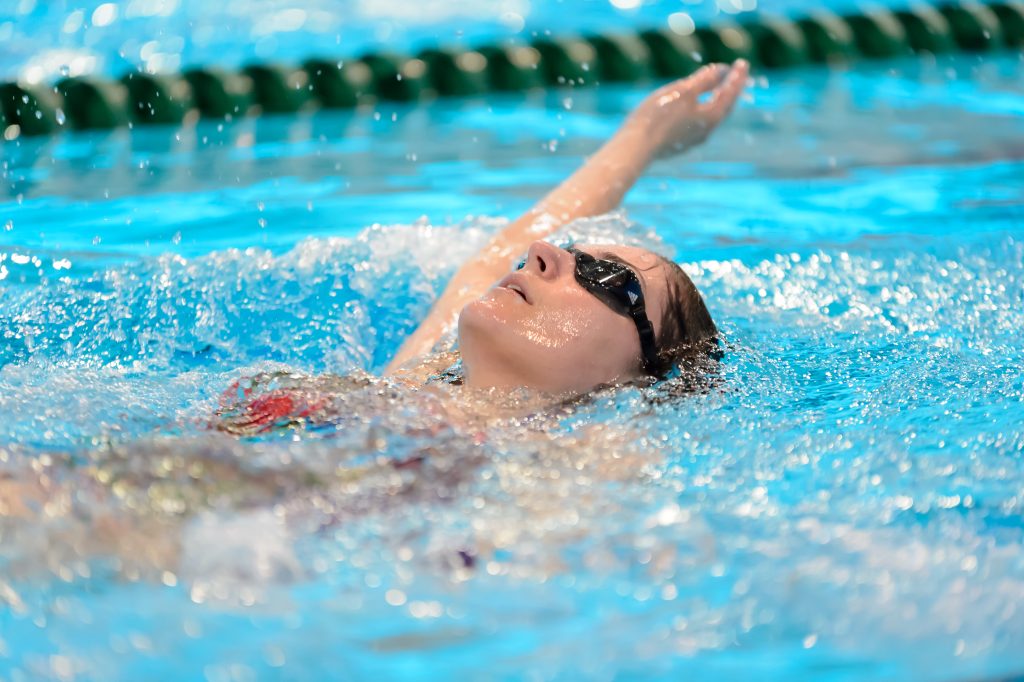
The leisure sector is bearing the immediate brunt of the cost of living crisis, especially with regards to soaring energy bills. A survey of UK Active members estimated the cost of heating the pools had risen from a total of £500m a year in 2019 to £1.25 billion in 2022. Many facilities have already increased prices and/or cut their provision and there’s no guarantees that this trend won’t continue. Although the Government has made an additional £60million available to swimming pools, through the Swimming Pool Support Fund, it’s unclear how much of the shortfall pools are facing this will cover.
The threat to leisure facilities is a problem for sport and physical activity in the UK in general, but it is especially a problem for women and girls. With more women than men swimming regularly and women depending heavily on exercise classes for their activity, women and girls are disproportionately dependent on local pools and leisure facilities. Add to this the large number of women working in these environments, and the gendered impact of the threat to leisure facilities is clear.
Free activities and places where people can do them are vital in these tough times. Parks, green spaces and places where people can swim outdoors should be a key part of the physical activity mix for everyone. But we know this isn’t the case. Access to green space varies hugely across the UK. Ethnic minority communities and people with disabilities are particularly likely to miss out on green spaces, as these groups are at least twice as likely to live in an area without access to one. Water pollution means that open water swimming is increasingly impossible. Our research shows that parks are not welcoming places for girls, and they use them far less to be active than boys.
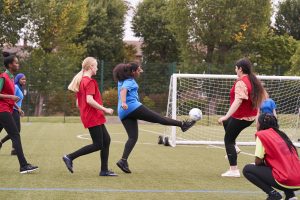
We are becoming uncomfortably familiar with crises. We know from the Covid-19 pandemic that when times get tough, women are affected disproportionately. With lockdown it was women who lost their jobs first and took on most home-schooling, and we saw women’s sports fixtures cancelled long after men’s fixtures restarted. We cannot let women and girls bear the brunt of this next crisis – in the cost of living and in the leisure sector.
No-one should be excluded from the joy, fulfilment and lifelong benefits that sport and exercise give us. But with the cost-of-living crisis accelerating in an already unequal society, far too many will. And women and girls will be affected most of all.
We believe that the government should:

Partnerships are vital to the work we do. We work with organisations that want to help make a difference and enable more women and girls to enjoy the benefits of sport throughout their lives.
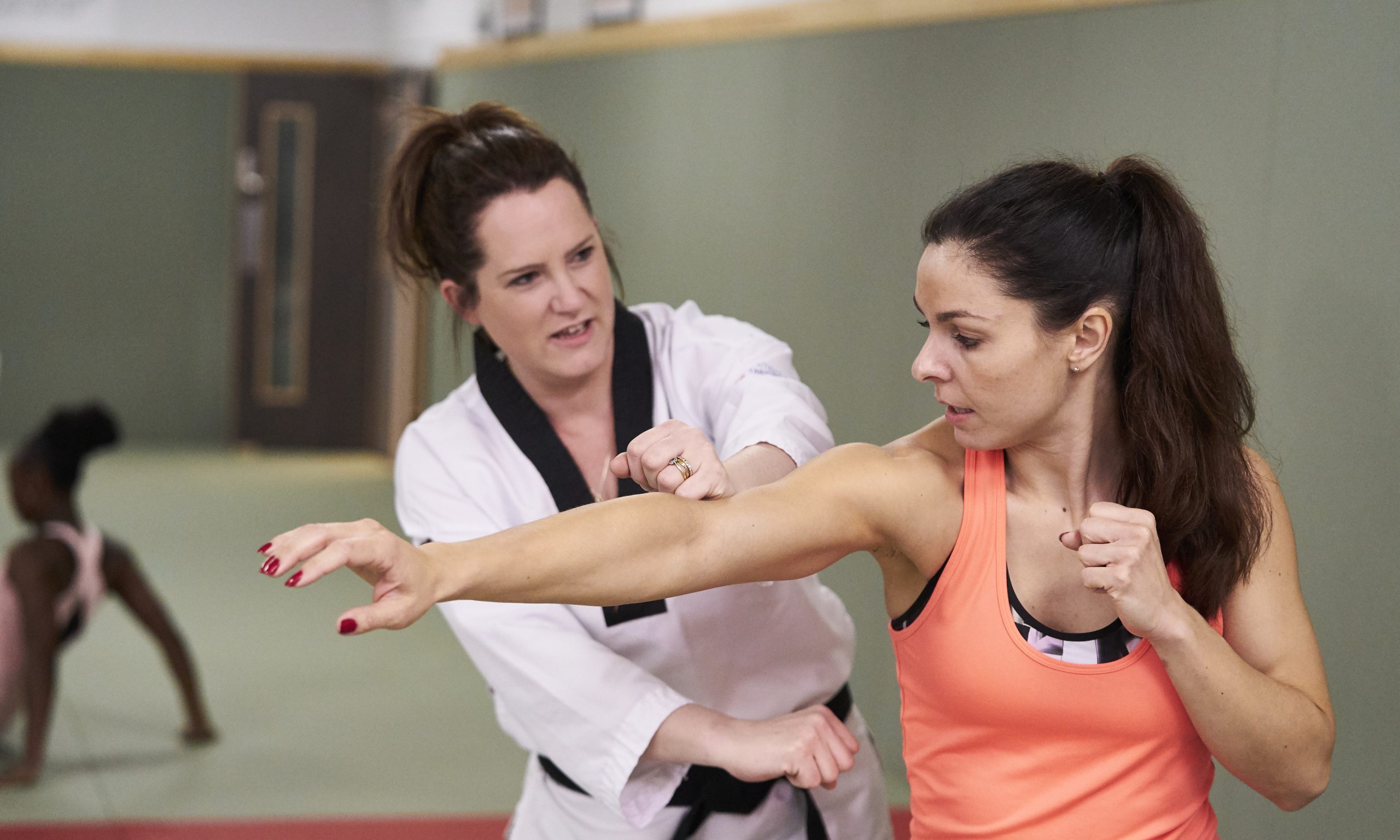
We’re proud of the work we do and we’re proud of the partners we work with, see a selection of case studies featuring recent work and partnerships here.